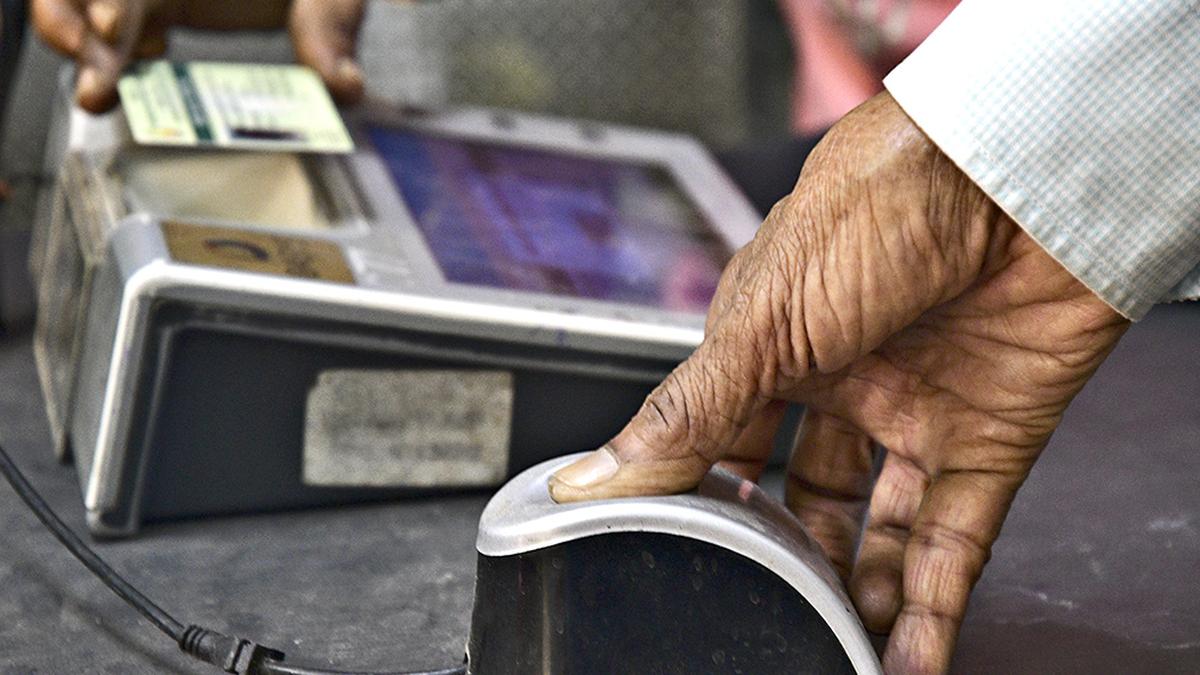



India’s Composite Flash PMI reached 60.6 in February 2025, the highest reading since August 2024, driven by an 11-month high in services (61.1) and resilient manufacturing (57.1). Rapid global restocking, surging export orders, rupee depreciation, and record hiring boosted margins, signaling accelerated private-sector growth and economic recovery with strong momentum.

Copyright infringement not intended
Picture Courtesy: indianexpress
India's Composite PMI increased to 60.6 in February, driven by accelerating services and manufacturing activity.
India’s Composite Flash Purchasing Managers’ Index (PMI) increased to 60.6 in February 2025, recovering after three consecutive quarters of decline, signaling accelerated private-sector growth, according to an HSBC report.
This marks the highest reading since August 2024 and exceeds the long-term average of 54.1. The upswing was pushed by a 11-month high in services sector activity and a healthy acceleration in manufacturing.
It is a leading economic indicator that measures the health of manufacturing and services sectors through monthly surveys of purchasing managers.
It is released by multiple organizations, including the Institute for Supply Management (ISM), the Singapore Institute of Purchasing and Materials Management (SIPMM), etc. In India, S&P Global releases the Purchasing Managers' Index (PMI).
It reflects changes in business conditions, including new orders, production, employment, supplier delivery times, and inventory levels.
A PMI reading above 50 signals expansion, below 50 indicates contraction, and 50 denotes no change.
The PMI is derived from a weighted average of five key components:
The Composite PMI combines manufacturing and services data to provide an overall view of private-sector activity. The Flash PMI, released 10 days before the final report, offers an early estimate based on 85% of survey responses.
India’s Composite Flash PMI surged to 60.6 in February 2025, the highest since August 2024, driven by a 61.1 services PMI (up from 56.5 in January) and a 57.1 manufacturing PMI (down slightly from 57.7). Both sectors remained well above the long-term average of 54.1.
Services activity hit an 11-month high, which is led by a sharp rise in new export orders (e.g., professional services exports). This trend aligns with January trade data showing services exports outpacing goods exports.
Despite a slight drop, manufacturing PMI stayed strong, driven by strong export demand (exports grew at the fastest pace in nearly 14 years in January) and new orders (up at the fastest rate since July 2024).
Rapid global restocking boosted export orders, while the rupee’s 3.2% depreciation since October 2024 made Indian services more competitive, assisting exports.
Hiring hit a record high, with services seeing faster job growth than manufacturing. Input prices eased, while output prices rose, improving profit margins for producers.
Purchasing Managers' Index (PMI)
Source:
|
PRACTICE QUESTION Q.Which of the following factors can lead to a significant decrease in a country's Manufacturing Purchasing Managers’ Index (PMI) reading?
Select the correct answer using the codes given below: A) 1 and 3 only B) 2, 3 and 4 only C) 3 and 4 only D) 1, 2, 3 and 4 Answer: A Explanation: Statement 1 is correct: A global economic slowdown reduces demand for a country's exports, leading to lower production, new orders, and employment in the manufacturing sector. This contraction directly lowers the Manufacturing PMI reading. Statement 2 is incorrect: Increased government infrastructure spending boosts demand for construction materials, machinery, and related goods, increasing production and employment. This expansionary effect raises the Manufacturing PMI, not decreases it. Statement 3 is correct: Appreciation of the domestic currency makes exports more expensive and less competitive globally, reducing demand for a country's manufactured goods. Lower export orders and production volumes lead to a decline in the Manufacturing PMI. Statement 4 is incorrect: Relaxation of environmental regulations lowers compliance costs and operational restrictions for manufacturers, increasing production and output. This would raise the Manufacturing PMI, not decrease it. |



© 2025 iasgyan. All right reserved